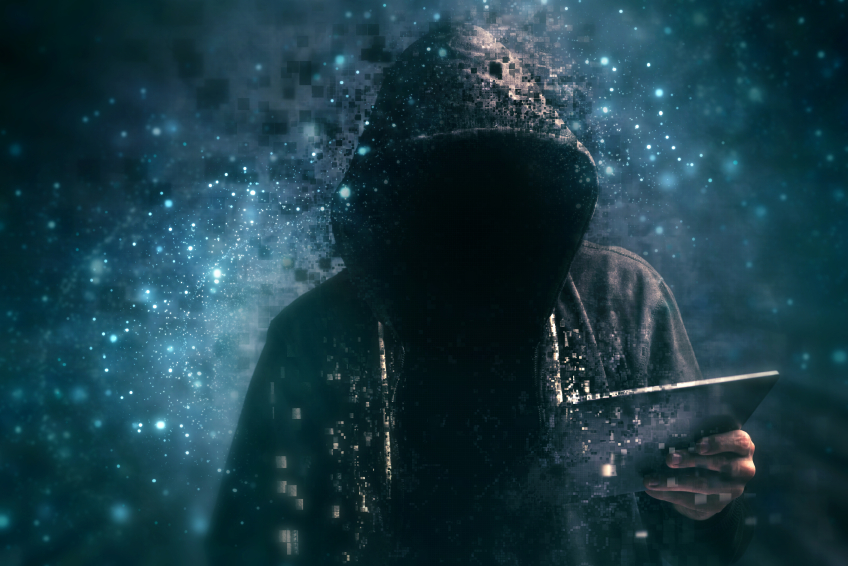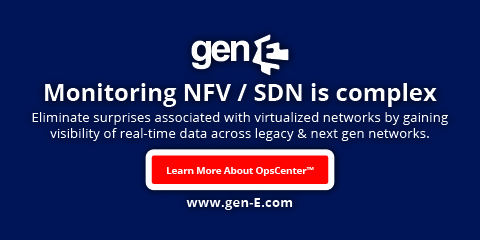Quantum Key Distribution and the Crypto-Apocalypse
By: Tim Young

I am told that there was a time in which security—whether on the network or in physical space—was an expectation. Or, at least, it was considered a possibility.
But in an era of high-profile hacks and breaches, I think most adults with an ounce of healthy cynicism expect that, at some point, their sensitive data has been or will be compromised. The high-profile hacks, breaches, ransoms and leaks are too numerous to bother naming. Universities, voting boards, healthcare providers, intelligence agencies, emergency siren networks, font providers… It’s been a busy year. I would say that I would bank on there being more coming, but my credit’s been frozen since the Equifax hack, so I’m not banking on anything.
But as porous as security seems at the moment, the eventual rise of quantum computing promises to throw another wrinkle into this already wrinkly security Shar-Pei.
“Asymmetric cryptography relies on the assumption that computers today are not capable of solving some difficult problem, for example the prime factorization of a very large number, in a reasonable amount of time,” Rishiraj Pravahan, principal member of technical staff at the AT&T Foundry in Palo Alto, told Pipeline. “In fact, this assumption can be easily broken by using quantum computers.”
Pravahan and others at the Foundry—AT&T’s in-house innovation incubator—are among the thousands of motivated researchers working to head off the so-called “Crypto-Apocolypse".
There’s been lots of encouraging progress on this front. MIT’s Seth Lloyd proposed a model for a so-called “quantum enigma machine” back in 2013. Named for the famed WWII machine code, the quantum enigma device alters the properties of a photon wave in order to encode messages. It’s called quantum data locking, and it does away with the old notion that a randomly generated key must be as long as the encrypted message itself.
It was only hypothetical until, last year, researchers Daniel Lum and John Howell at the University of Rochester created a prototype that put Lloyd’s ideas into motion. While tremendously promising, however, this work—which would allow messages to be transmitted entirely through quantum channels—is still in its early days.
In the meantime, there have been massive strides of late toward something of a middle ground between traditional and quantum communications. Emerging as the most prominent among these middle roads is quantum key distribution (QKD).
QKD does not use an end-to-end quantum channel, instead opting to send an encrypted key through quantum channels which can be used to decrypt a message sent through traditional methods. Even attempting to measure the encoded photons changes their behavior, which makes any intrusion detectable.
“Strictly speaking QKD does not actually specify any particular encryption technique but simply provides a fully secure way of distributing a pair of keys to two parties who want to share information,” says Pravahan. “The two parties can then use the shared keys to encrypt their data using, for example, a one-time pad with the guarantee that the encrypted information will be impossible to decrypt.”
And QKD is not a new idea. It’s based on theories that are decades old and its practical examples date back to 2004, when researchers in Vienna used the method to make a bank transfer.




















